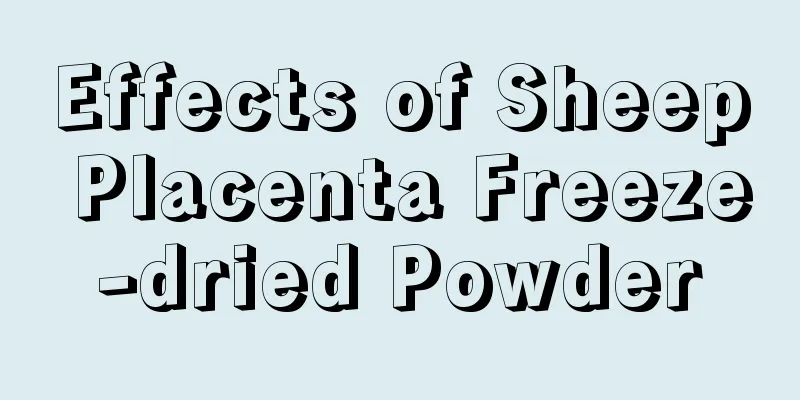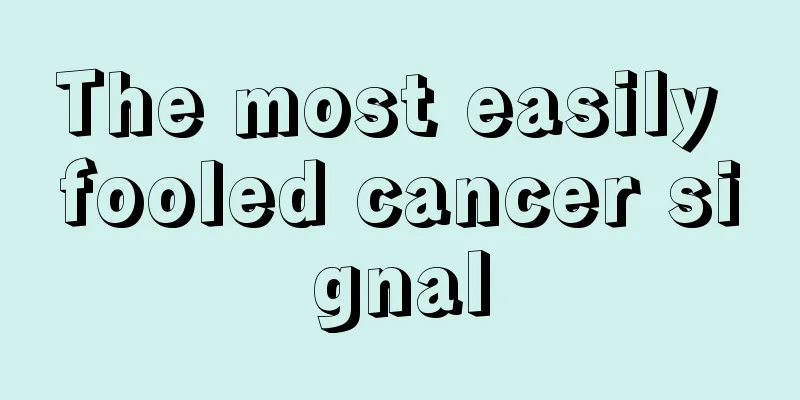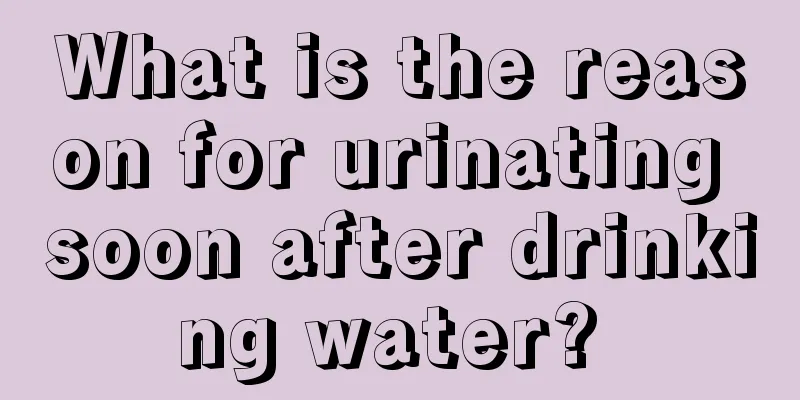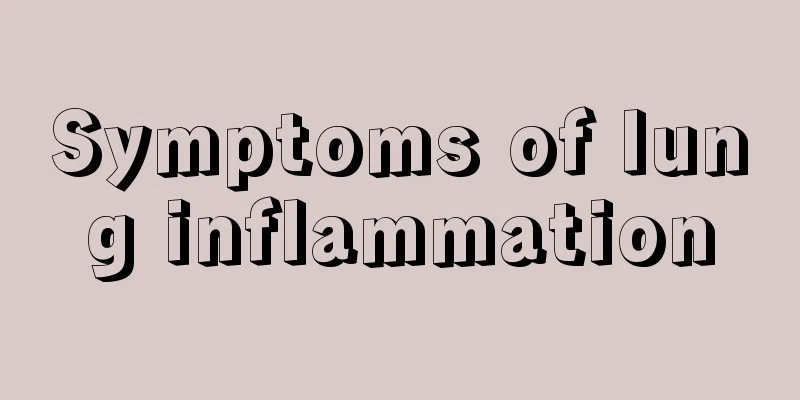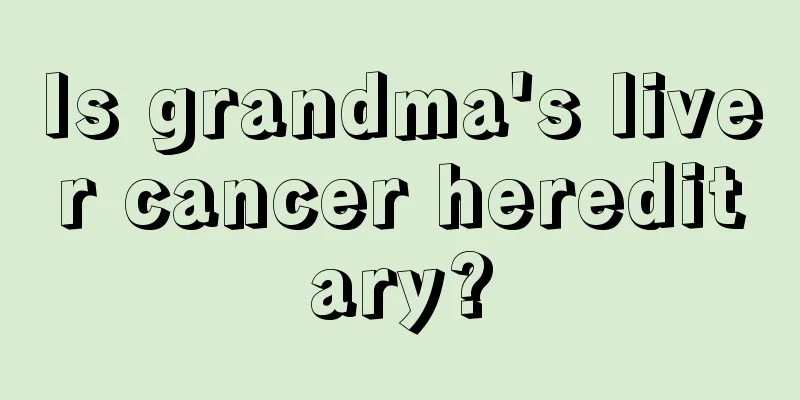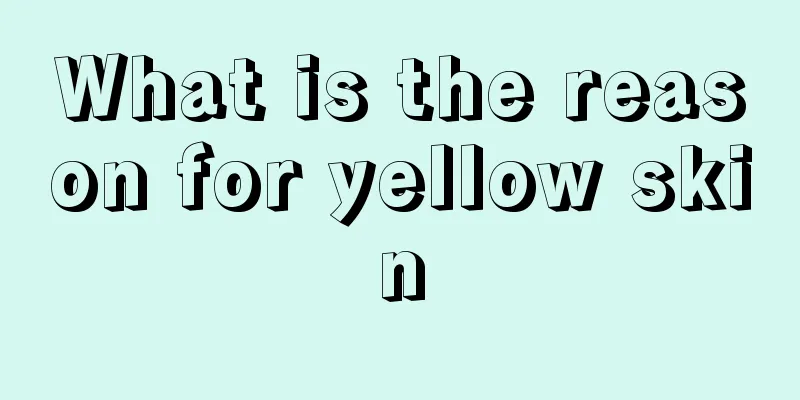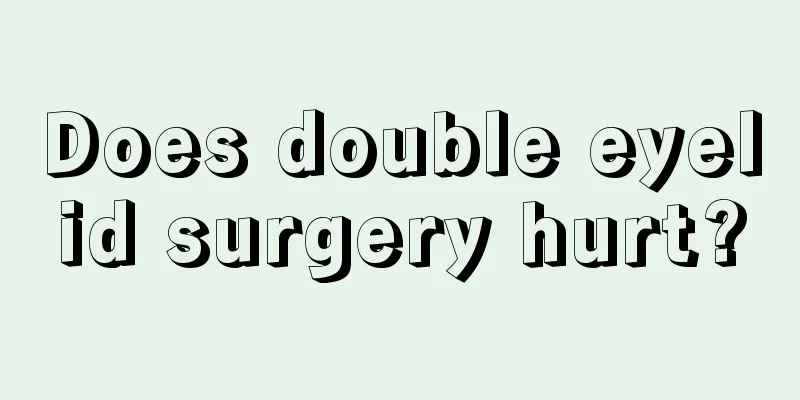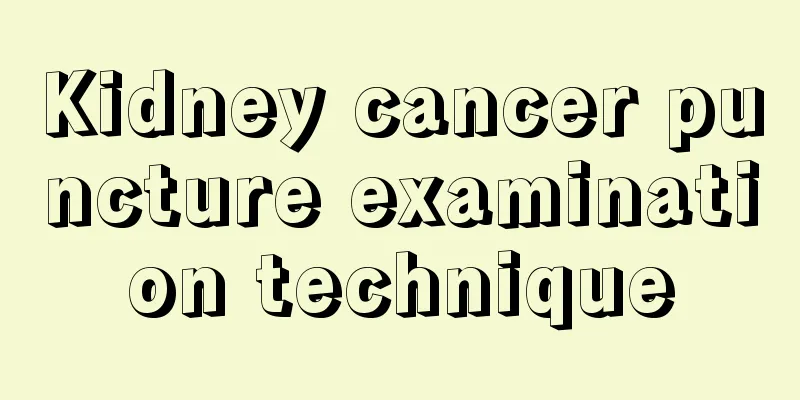The best treatment for ventricular tachycardia
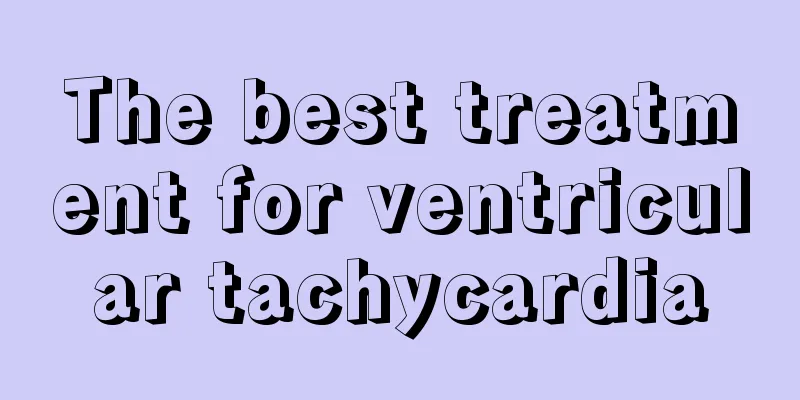
|
What is the best treatment for ventricular tachycardia? This is a question many people ask. Ventricular tachycardia is a manifestation of heart disease and is the abbreviation of supraventricular tachycardia. Patients experience palpitations and discomfort in the precordial area, and an electrocardiogram shows a heart rate of more than 100 beats per minute. This disease is relatively common in clinical practice and can easily cause sudden death. There are many treatment methods, including drug treatment and non-drug treatment. Let’s take a closer look at them below. Ventricular tachycardia mostly occurs in patients with heart disease and can cause serious consequences and increase mortality. Aggressive treatment measures are needed to immediately terminate the episode of ventricular tachycardia. The treatment principles are: ① Once ventricular tachycardia occurs, the attack should be stopped immediately. ② Eliminate the inducement, pay attention to hypokalemia, and the use of digitalis drugs. ③ Actively treat the primary disease, such as correcting heart failure and treating ventricular aneurysm after myocardial infarction. ④ Prevent the recurrence of ventricular tachycardia. After the ventricular tachycardia stops, drug or non-drug measures should be used to prevent the recurrence of ventricular tachycardia. ⑤Prevent and treat sudden death from heart disease. 1. Drug treatment of ventricular tachycardia The preferred method to terminate sustained ventricular tachycardia is immediate intravenous injection of antiarrhythmic drugs. For monomorphic ventricular tachycardia or polymorphic ventricular tachycardia with normal QT interval, drug treatment is generally used, intravenous injection. ① Lidocaine; ② Amiodarone; ③ Propafenone. Choose one of them. If it is effective, continue to drip the above drugs. The management of polymorphic ventricular tachycardia is similar to that of monomorphic ventricular tachycardia, but a careful search should be made for possible reversible causes, such as drug side effects and electrolyte disturbances, especially for torsades de pointes, which often occurs when the QT interval is prolonged. In addition to treating the cause, treatment may include intravenous injection of isoproterenol or atropine, or rapid artificial cardiac pacing. Class III antiarrhythmic drugs, such as amiodarone, should be avoided. Intravenous administration of large doses of magnesium sulfate is effective for patients with hypomagnesemia or normomagnesemia who have refractory ventricular tachycardia and ventricular fibrillation, torsades de pointes, and digitalis poisoning. Administration of magnesium to patients without digitalis toxicity may produce hypokalemia and thus require concurrent potassium supplementation. 2. Non-drug treatment of ventricular tachycardia (1) The principle of direct current cardioversion is to depolarize all cells in the reentrant circuit, thereby producing electrocardiographic identity and eliminating the reentrant circuit. A large amount of practice has proved that direct current cardioversion is a very safe and effective treatment measure for terminating ventricular tachycardia. In many cases, it should be the first choice measure because it is convenient and efficient. (2) Radiofrequency ablation is currently mainly used to treat idiopathic ventricular tachycardia, bundle branch reentrant ventricular tachycardia, etc. It has few surgical complications and can cure ventricular tachycardia. For concurrent structural heart lesions, such as dilated cardiomyopathy, the origin of tachycardia is often a more diffuse lesion, making radiofrequency ablation more difficult. However, radiofrequency ablation has a certain effect on ventricular tachycardia after myocardial infarction. (3) Implantation of an implantable cardioverter-defibrillator can effectively and immediately terminate an attack of ventricular tachycardia and is by far the most effective means of reducing sudden cardiac death. (4) Surgery: Some cases of refractory ventricular tachycardia can be treated with surgery, such as ventricular aneurysm resection, partial resection of the enlarged left ventricle, etc. |
<<: Is supraventricular tachycardia life-threatening?
Recommend
What are the routine examinations for hamartoma
What are the routine examinations for hamartoma? ...
The most important treatments for cervical cancer
Among the many cancer diseases, cervical cancer i...
What is the difference between lip glaze and lip gloss?
Lip makeup is one of the tools frequently used by...
How should primary school students with myopia wear glasses?
Myopia among primary school students has become v...
The pregnancy test paper is getting darker day by day
Early pregnancy test strips can test whether a wo...
How effective is aloe vera gel in removing acne? What medicine can treat acne?
Nowadays, many people have a lot of acne on their...
Early symptoms of breast cancer
There are generally no obvious symptoms in the ea...
What causes lateral choroid plexus cysts?
Choroid plexus cyst is a disease that is easy to ...
Why do we cry when we are sad
Crying when you are sad is a natural emotional re...
What can't people with pituitary tumors eat
Dietary conditioning is very important for patien...
What are the treatments for knee pain
Nowadays many of us are exhausted from work. So a...
The six things the kidneys fear the most: too much meat and fish, too much protein
Why do some people suffer from kidney disease? In...
Anti-cancer fruits, 8 kinds of fruits should be eaten regularly
More and more people are suffering from cancer. T...
Middle cerebral artery occlusion
Middle cerebral artery occlusion is middle cerebr...
Do tangerines cause internal heat?
Many people like to eat oranges in life, and autu...

